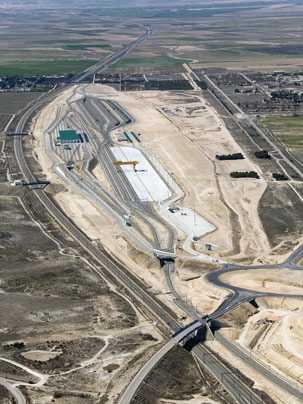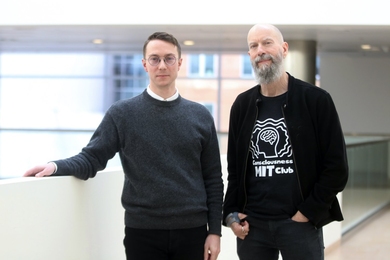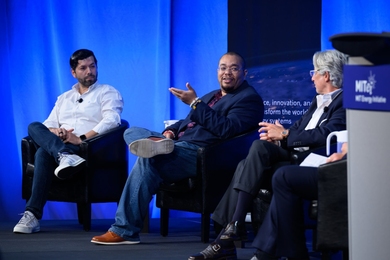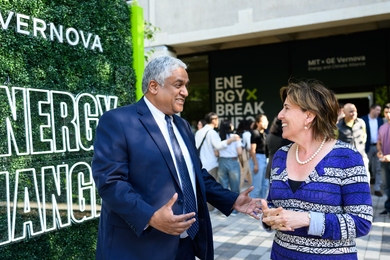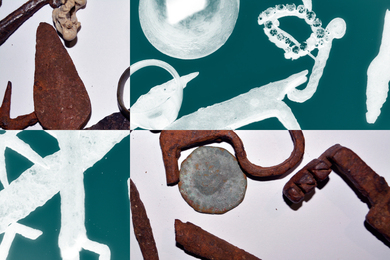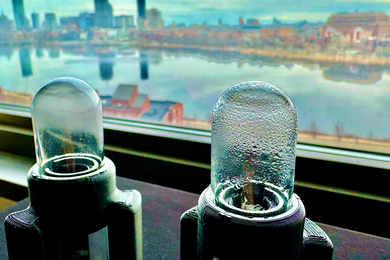When it comes to stimulating economic growth, the key to future expansion can sometimes be found in the past. Earlier this decade, the government of Aragón in northern Spain realized that its economy had become too reliant on a small number of industries, such as auto manufacturing, and that it needed to diversify. Zaragoza, the capital city of Aragón, has been an international crossroads for commerce since it was founded in the year 24 B.C. by Caesar Augustus, and the new economic engine that the government chose to develop is rooted in this tradition: logistics.
The government's strategic plan was to transform the region into a logistics hub for Europe not only in terms of the physical movement of goods, but also in terms of education and research. Logistics is the lifeblood of international commerce, responsible for delivering the countless products that people need at the right time and in the right quantities in markets around the globe. According to the Council for Supply Chain Management Professionals, business logistics costs in the United States alone amounted to $1.4 trillion in 2007, more than 10 percent of the country's GDP. Moreover, logistics is a major industry in its own right that employs many different types of service providers, supports costly assets such as ports and trucking fleets, and uses advanced technology such as radio frequency identification systems.
But Aragón needed domain expertise to help it bring its plan to reality, so in 2003 the government partnered with the MIT Center for Transportation and Logistics (CTL) to create the MIT-Zaragoza International Logistics Program.
In the five years since the plan was implemented, the region has developed Plataforma LogÃstica de Zaragoza (PLAZA), the largest logistics park in Europe. The park covers an area of almost 13 million square meters -- big enough to house 19 MIT campuses. PLAZA provides the infrastructure and services that companies need to distribute goods internationally. Global retailer Zara has built a state-of-the-art distribution center there. Other top companies that have located in PLAZA include toy retailer Imaginarium and worldwide logistics company DHL. A new intermodal hub has been constructed and more than 100 companies have set up operations in the park.
In addition, the partnership created the Zaragoza Logistics Center (ZLC), which has become one of Europe's leading centers for supply chain research and education. The ZLC master's degree, modeled on an MIT CTL Master of Engineering in Logistics (MLOG) program, has been expanding since its inception in 2003, and attracted more than 200 applications for the class of 2009, comprised of 33 students from 14 countries. The MIT-Zaragoza PhD program was launched in 2004 and now features a summer doctoral academy attracting professors and PhD students from top programs around the world.
A new ZLC building is being constructed in PLAZA that will house this "startup university" dedicated to studies in logistics and supply chain management. PLAZA's bustling logistics community amounts to a living laboratory for education and research, providing unique opportunities for experimentation and interaction. At the same time, the ZLC allows companies in the logistics park to stay on top of state-of-the-art supply chain management and training concepts and hire world-class graduates.
But perhaps most significant for the government of Aragón is the success of its strategy to harness logistics as a driver of economic performance. The 3.3 percent annual GDP growth rate for the region since 2003 is almost double that of the European Union overall, and has supported job growth of 23 percent during the same period. Even in a slowing global economy, Aragón's industrial sector remains stronger that the rest of Spain, the EU and the United States, with a growth rate of 1.5 percent in 2008. A more direct indicator of the growing logistics sector is the number of commercial trucks registered in Aragón, which more than doubled between 2002 and 2007.
MIT President Susan Hockfield visited the ZLC in 2007 and saw firsthand the impact MIT had on the growth of the Aragon community.
"This is an example of MIT making a significant positive change in the economics of an entire region through innovative research, education and partnership with industry and government," she said.
The strategy is also opening up opportunities not usually associated with the logistics of moving goods. Take just two examples: energy and health care. Renewable energy sources such as wind and solar are intermittent and tend to be located far away from population centers. A ZLC research project, which is supported by Spanish wind power company Acciona, is looking at ways to deliver this energy cost-effectively to end consumers. ZLC has also become a major center for research in global health, developing ways to improve the delivery of essential medicines for diseases such as malaria, HIV/AIDS, and TB in resource-constrained environments. The center recently won funding from the Bill & Melinda Gates Foundation to study the most effective way to forecast the demand for global health products.
In recognition of these achievements, the regional government has granted MIT the 2009 Aragón International Prize, one the two most prestigious awards given annually by the government. Professor Yossi Sheffi, director of MIT CTL, accepted the award on behalf of MIT on April 23.
A version of this article appeared in MIT Tech Talk on May 20, 2009 (download PDF).
